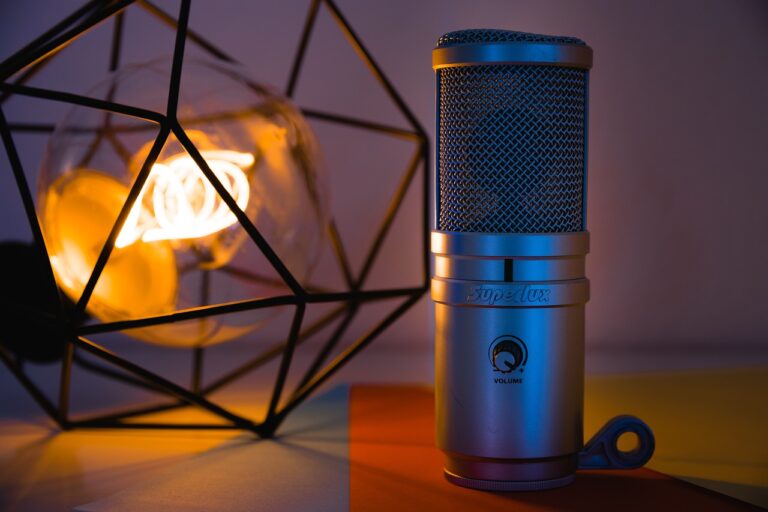Light Diffusers and Reflectors: Enhancing and Softening Studio Lighting
When it comes to studio lighting, employing light diffusers and reflectors can greatly enhance the visual outcome. These tools work subtly to refine the intensity and direction of light, imparting a professional touch to photographs. Understanding how to manipulate these elements effectively can be the key to achieving that sought-after soft, flattering light in your studio setups. But what exactly makes them so indispensable in the world of photography? Let’s explore the nuanced ways in which diffusers and reflectors can transform your images into compelling works of art.
We are supported by our audience. When you purchase through links on our site, we may earn an affiliate commission, at no extra cost for you. Learn more.
What Are Light Diffusers?
Light diffusers are essential tools that scatter light in multiple directions to create softer and more evenly distributed illumination in photography. When light from artificial sources hits a diffuser, it becomes scattered, resulting in a soft light that minimizes harsh shadows and provides even illumination across the subject. This diffusion helps in controlling the lighting, reducing the intensity of shadows, and producing professional results in photography.
In the domain of studio lighting, diffusers play a critical role in achieving aesthetically pleasing outcomes. By spreading light in various directions, they help in softening the illumination, making it gentler on the subject. This soft light is ideal for portrait photography as it reduces the contrast between light and shadow, resulting in a more flattering and natural look.
Working with diffusers allows photographers to have greater control over the lighting conditions, ensuring that the final images meet professional standards. Whether it’s product photography, portraits, or still life, diffusers are indispensable for creating a well-balanced and visually appealing lighting setup. Understanding how light diffusers scatter light and soften shadows is key to mastering the art of controlling lighting in photography.
Types of Light Diffusers
Pivoting from the discussion of light diffusers’ role in creating soft and evenly distributed illumination, exploring the various types of diffusers reveals the diverse options available for controlling lighting conditions in photography and other visual applications. Different types of diffusers serve specific purposes in manipulating light to achieve desired effects. Softboxes, for instance, are popular in photography for their ability to scatter light evenly, reducing harsh shadows and providing a flattering illumination for portraits. On the other hand, umbrellas are versatile tools that can be used for both photography and video production, offering a broader spread of light to soften shadows and create a more natural look.
In the world of stage lighting and film production, diffusion panels are commonly utilized to achieve even illumination across large areas. These panels work by scattering light in various directions, ensuring that the entire scene is well-lit without hotspots or harsh contrasts. Additionally, using diffusers with LED lights has become increasingly popular due to the benefits they offer. LEDs inherently produce more focused and intense light, but when paired with diffusers, the light quality is enhanced, leading to improved distribution and a softer, more pleasing illumination for various visual applications.
Benefits of Light Diffusers
When considering the advantages of utilizing light diffusers in various visual applications, one immediately recognizes their ability to soften shadows and enhance the overall quality of illumination. Light diffusers play an important role in photography by softening harsh shadows, creating even illumination, and providing a natural look to photos without altering the color temperature. By scattering light in multiple directions, diffusers help minimize harsh contrasts, resulting in a more flattering and aesthetically pleasing lighting effect.
In the world of photography, diffusers are essential tools for controlling lighting conditions, whether in portrait, product, or stage photography. They help achieve a more balanced and controlled lighting environment, allowing photographers to capture images with enhanced clarity and depth. Additionally, when used with LEDs, diffusers contribute to achieving subtle lighting effects that can notably improve the overall quality of photographs by ensuring a more uniform distribution of light.
How to Use Light Diffusers
To effectively utilize light diffusers in photography, positioning them strategically between the subject and the main light source is essential for achieving ideal illumination and reducing harsh contrasts. Diffusers play an important role in softening light to create even illumination, which is particularly important for producing professional portraits, product shots, and video recordings. By using diffusers, photographers can control lighting more precisely, resulting in a studio environment conducive to capturing high-quality images.
When incorporating diffusers, it is essential to choose the right type based on the desired lighting effects. Translucent diffusers are commonly used to achieve a soft and natural light spread, while colored or textured diffusers can add creative elements to the lighting setup. Experimenting with different diffuser types allows for versatility in controlling the intensity and direction of light, enhancing the overall visual impact of the photographs or videos.
Enhancing Studio Lighting With Reflectors
Reflectors in studio lighting are essential tools that bounce light back to enhance illumination and create a more balanced, professional look. When using reflectors in studio lighting, consider the following:
- White Reflectors: White reflectors are ideal for achieving even illumination by bouncing soft, neutral light back onto the subject. They help fill in shadows and reduce harsh contrasts, resulting in a smoother overall appearance.
- Silver Reflectors: Silver reflectors produce a more intense reflection, making them perfect for adding highlights and enhancing the depth of the image. They are particularly useful when you want to create a more dramatic look with increased contrast.
- Gold Reflectors: Gold reflectors impart a warm, golden hue to the light, which can add a touch of richness to your photographs. They are excellent for creating a cozy, intimate atmosphere or for enhancing skin tones in portrait photography.
Strategically placing reflectors opposite the main light source can have a significant impact on the quality of studio lighting. By experimenting with different reflector colors and positions, you can enhance depth, control shadows, and manipulate contrast to achieve the desired effect in your studio photographs.







